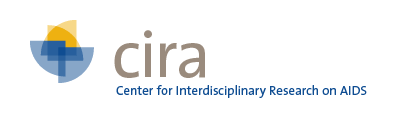| Title | Gap between consecutive sexual partnerships and sexually transmitted infections among STI clinic patients in St Petersburg, Russia. |
| Publication Type | Journal Article |
| Year of Publication | 2012 |
| Authors | Zhan, Weihai, Tatiana V. Krasnoselskikh, Sergei Golovanov, Andrei P. Kozlov, and Nadia Abdala |
| Journal | AIDS and behavior |
| Volume | 16 |
| Issue | 2 |
| Pagination | 334-9 |
| Date Published | 2012 Feb |
| ISSN | 1573-3254 |
| Keywords | Adolescent, Adult, Condoms, Cross-Sectional Studies, Female, Health Promotion, HIV Infections, Humans, Male, Questionnaires, Risk Factors, Russia, Sexual Behavior, Sexual Partners, Sexually Transmitted Diseases, Young Adult |
| Abstract | We conducted a cross-sectional study to determine whether the time between two consecutive sexual partnerships (gap) is associated with sexually transmitted infections (STIs) in Russia. A self-administered questionnaire was administered to STI clinic patients in St. Petersburg and participant's STI data at the time of enrollment in the study was collected from medical charts. The length of the gap between partnerships was divided into four categories: overlapping (0 or negative gap), short gaps (1-90 days), mid-length gaps (91-365 days), and long gaps (366 days or more). Among the 659 respondents, 22.6% had overlapping partnerships, and 13.7, 4.2, and 59.5% had short, mid-length and long gaps, respectively. Short gaps (OR 2.34; 95% CI 1.38-3.95), but not overlapping relationships, were independently associated with STIs when contrasted against long term gaps. HIV prevention programs for Russian STI clinic patients should therefore focus also on prolonging the gap between consecutive, monogamous sexual partnerships. |
| DOI | 10.1007/s10461-011-9932-z |
| Alternate Journal | AIDS Behav |


